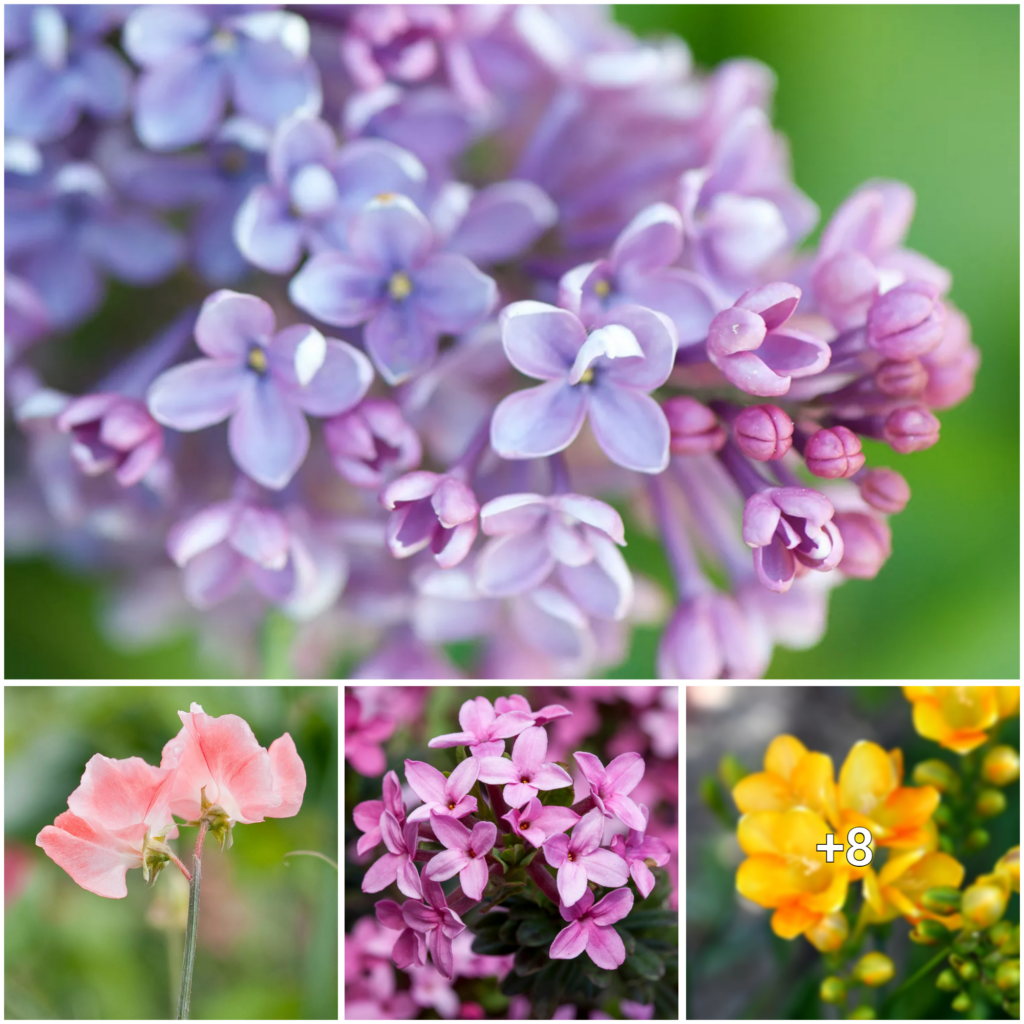The Night-Blooming Cereus, also known as the Queen of the Night or the Orchid Cactus, is a captivating plant in the field of botany. It has intrigued people for centuries with its exquisite blossoms that only bloom at night and emit a beautiful fragrance. This article explores the mysterious appeal of this nocturnal wonder and reveals some of its secrets.









The Night-Blooming Cereus is a unique member of the Cactaceae family, hailing from tropical regions across Central and South America and the Caribbean. Unlike its desert-dwelling counterparts, this plant has adapted to a variety of habitats, from rainforests to dry woodlands.
Although unassuming during daylight hours, the Night-Blooming Cereus bursts into life as dusk approaches. Its buds unfurl, and under the moonlight, it showcases an awe-inspiring spectacle that is out of this world. This blooming pattern is no accident; it’s an evolutionary adaptation to attract specific pollinators that are active at night, such as bats and moths.
The Night-Blooming Cereus’ flowers are beautiful and fragrant, with delicate white petals outlined with an ethereal grace. The blooms release a tantalizing fragrance that blends citrus, jasmine, and vanilla notes to attract nocturnal pollinators successfully.
The Night-Blooming Cereus has held cultural significance in many societies throughout history, representing love, beauty, and ephemeral joy. It also serves as a reminder of life’s fleeting nature, inspiring artists and poets to capture its essence in their works.
In traditional herbal medicine, the Night-Blooming Cereus is believed to have medicinal benefits, including anti-inflammatory and analgesic properties. However, it is crucial to exercise caution and seek advice from a qualified herbalist or healthcare professional before using any plant for medicinal purposes.
Cultivating the Night-Blooming Cereus requires careful attention to its unique needs. As an epiphytic cactus, it thrives in well-draining soil that consists of peat, perlite, and bark. Providing bright, indirect light during the day and cooler nighttime temperatures stimulates blooming. Consistent watering and occasional feeding with balanced fertilizer promotes overall health and vigor.
The Night-Blooming Cereus is a stunning reminder of nature’s mysteries under the cloak of darkness. Its nocturnal allure continues to inspire wonder in those who witness its ethereal blooms. Let us cherish and protect these delicate treasures to ensure their continued presence in the moonlit nights of the botanical world.



